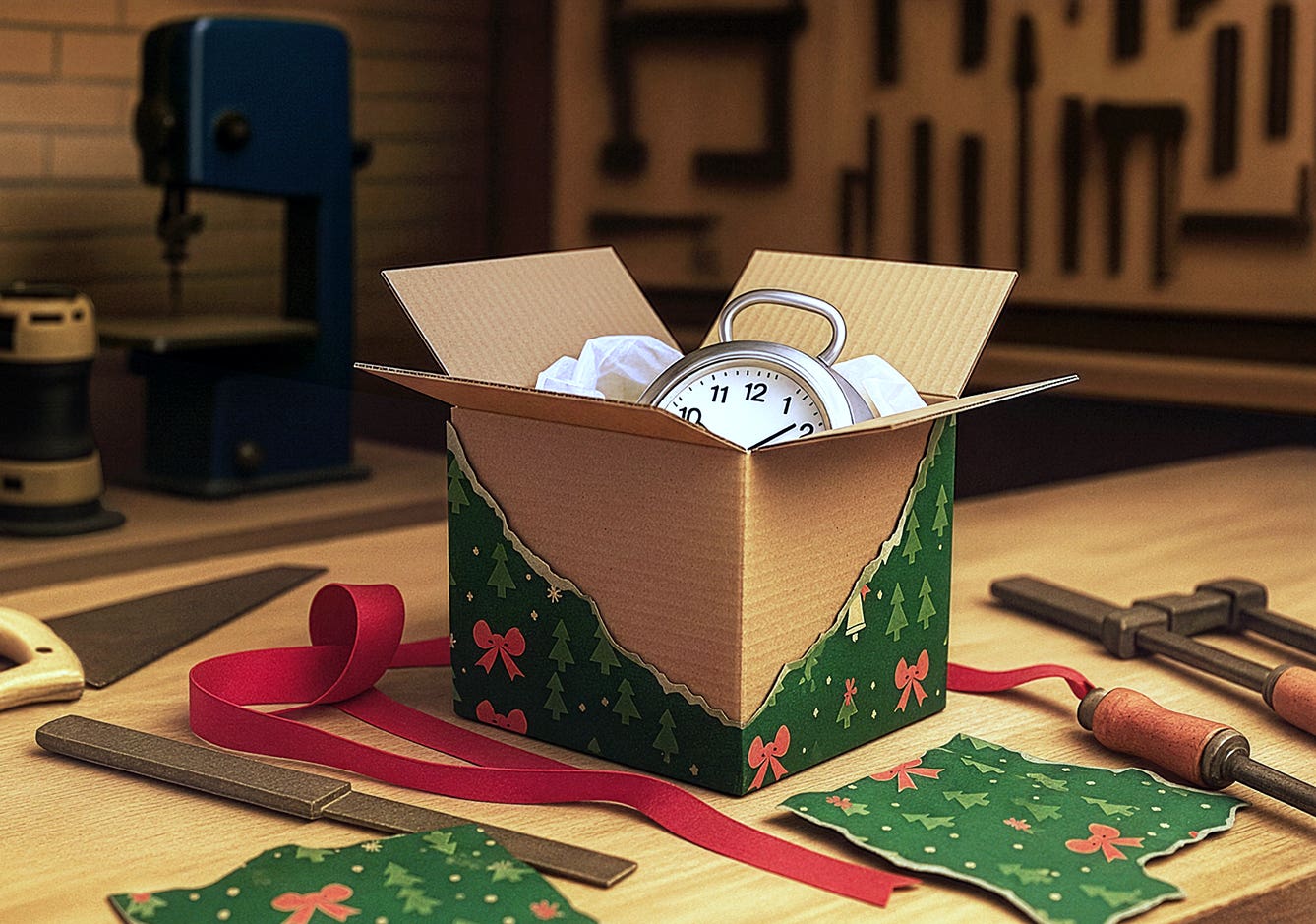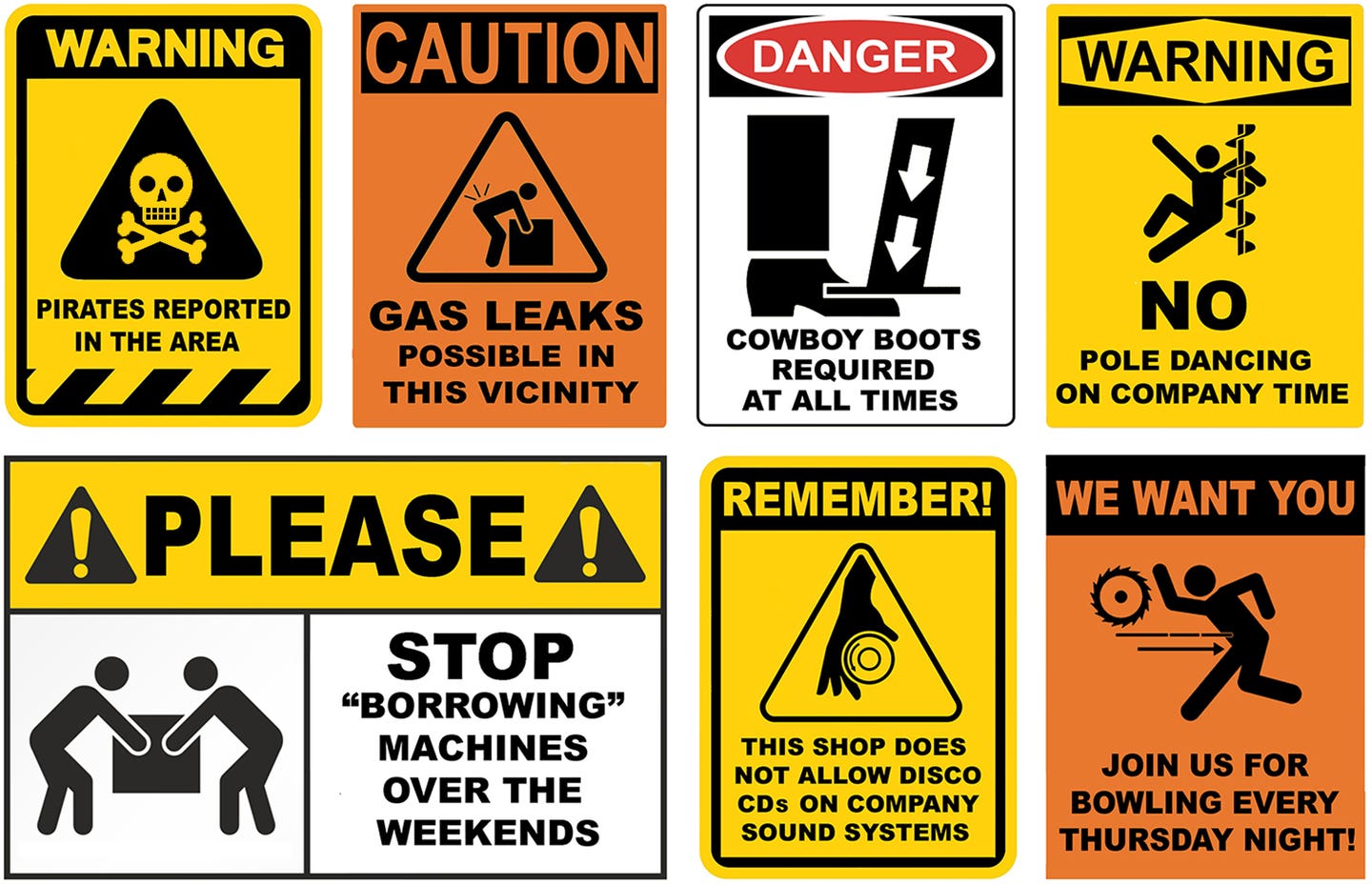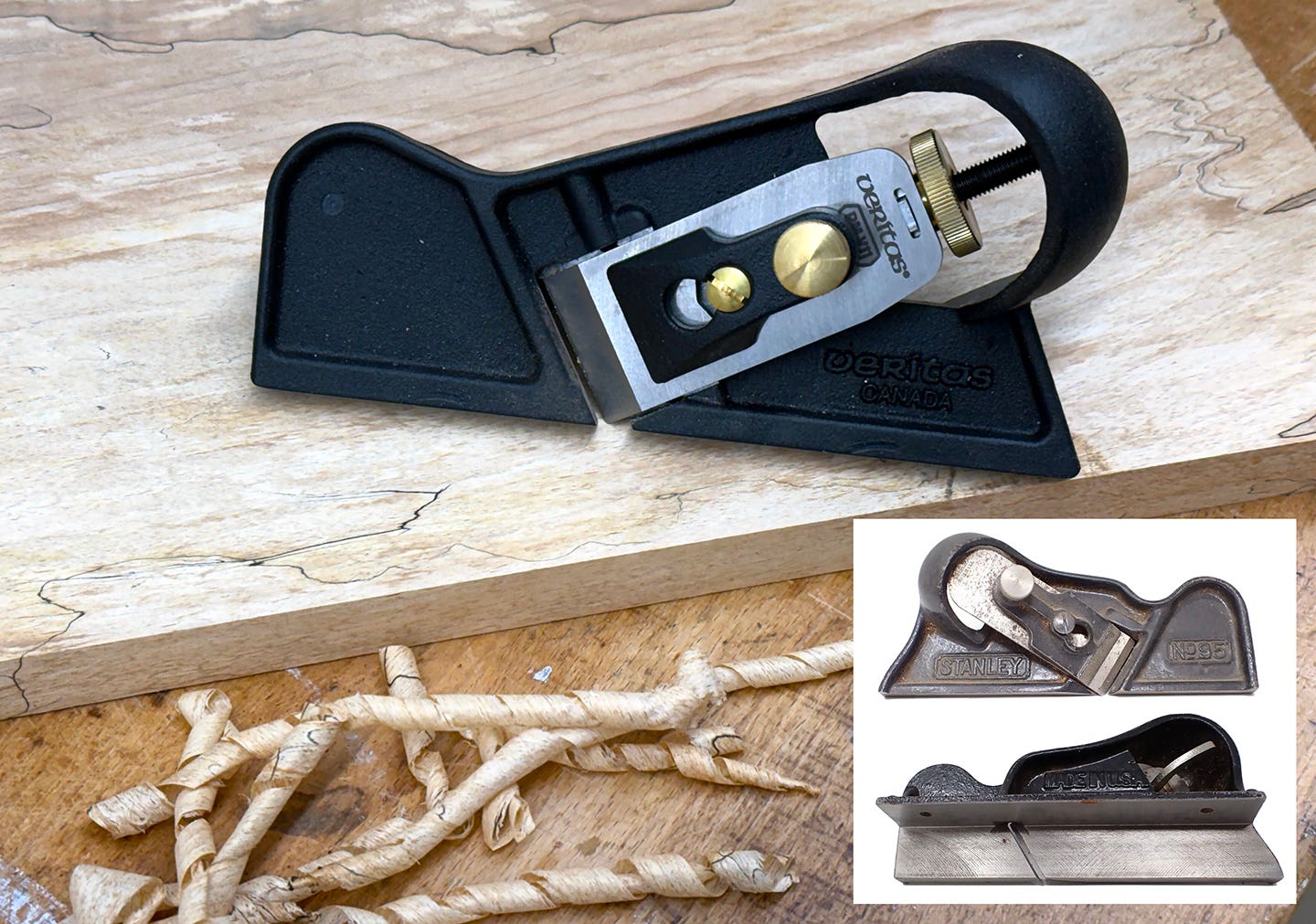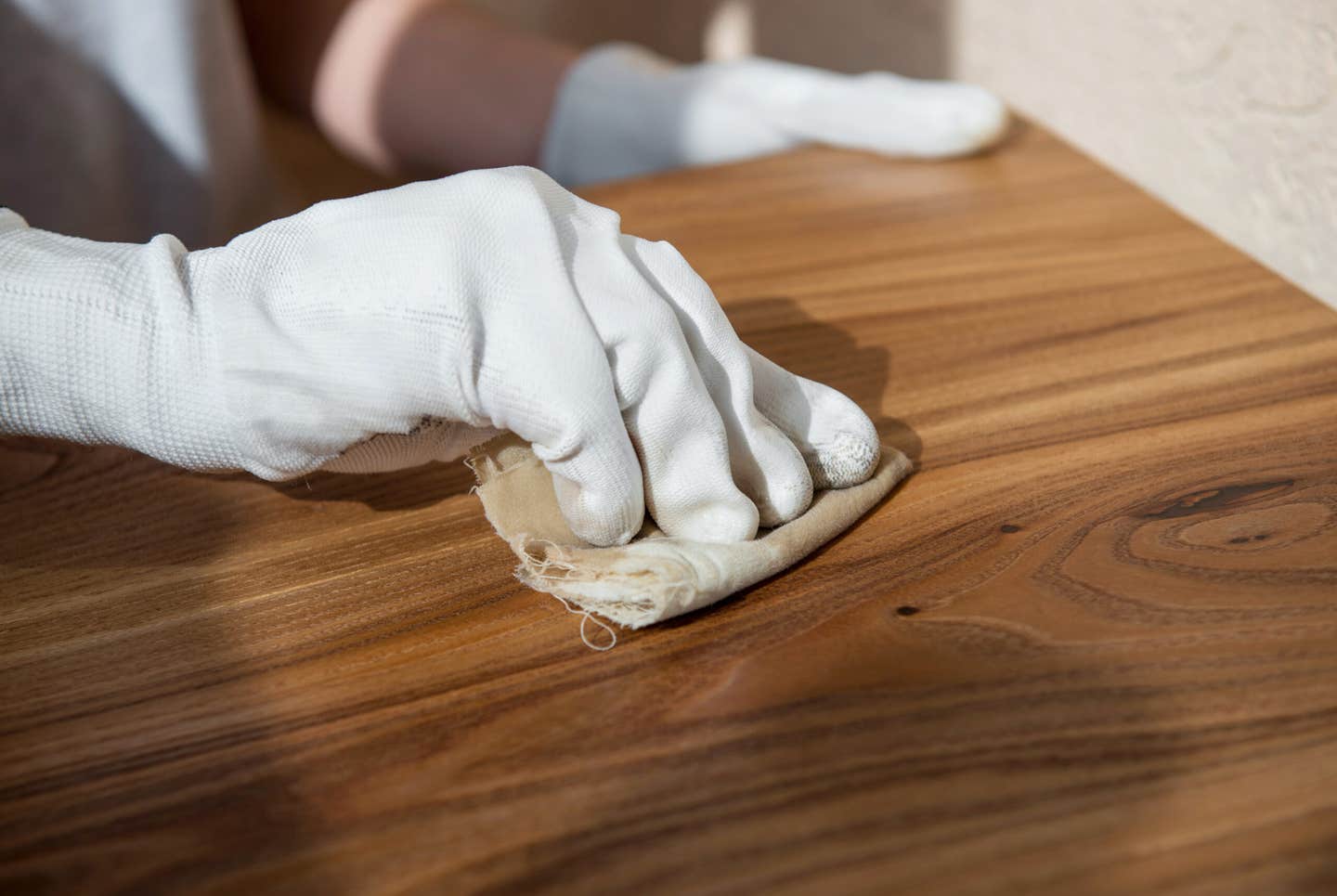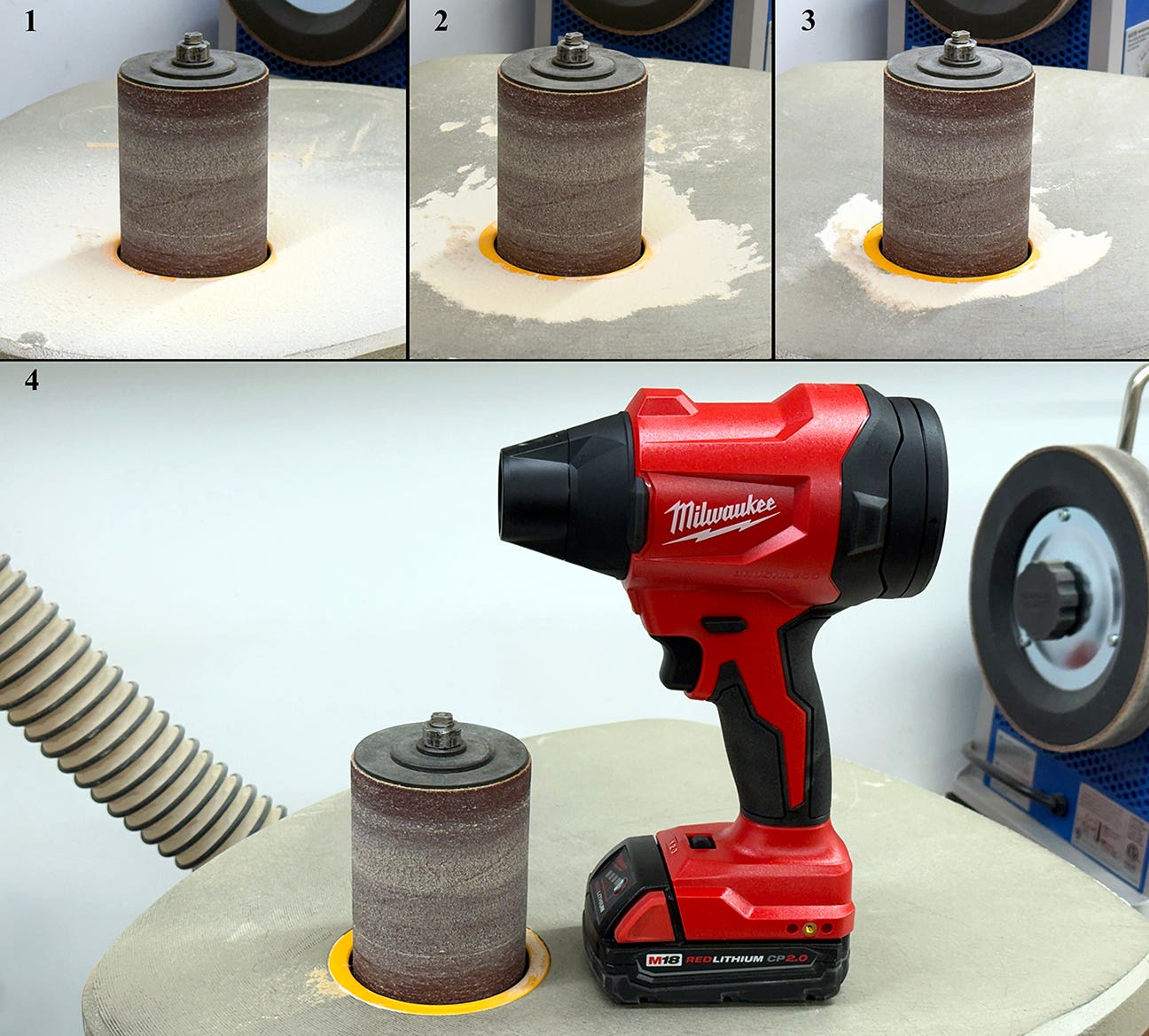How do you make your jigs?
For most of the jigs I make that get used just once, I do the barest amount of pretty work I can get away with. Or, at least, I thought…
For most of the jigs I make that get used just once, I do the barest amount of pretty work I can get away with. Or, at least, I thought Ive tried to. My goal is to work efficiently on a particular project, which is the point of making the jig. Showing off my woodworking skills is the point of the project. For that reason the jig is a means to an end, not the end itself. Or is it?
In researching an article on jig hardware, I was struck by the wide array of things available for making jigs and fixtures. Aluminum tracks and fittings in a host of anodized colors, knobs and handles that look like the knobs and handles that come on the most expensive of stationary shop equipment, magnets and magnifiers and measuring gadgets, and many more that belie the temporary sense of most jigs. Ive often wondered who the market was for these things, but in the course of looking around through the catalogs and on the Internet I now think I understand.
Being a multitasker, in addition to working on that hardware article, I also happened to be working in the shop and needed a quick jig for some repetitive drilling chores. When I finished making the jig entirely of wood, with no fancy hardware required I ran the faces over the belt sander, and the curved edges on the disk sander. With a piece of sandpaper, I eased the edges smooth. It looked nice.
Now, why did I do that? For the same reason all that fancy, good-looking hardware exists. It doesnt matter that this jig was to be used for only one project, and then either dismantled or tossed; because it was something I made with my hands, I still wanted it to look nice. Were this to be a permanent jig, one that Id use for years to come, Im guessing that some of that good-looking and highly efficient jig hardware would be just what I wanted.
Once Id reconciled myself to that understanding, it occurred to me that making the jig is sometimes as big a part of the enjoyment of building a woodworking project as is the project itself.
Till next time,
A.J.
A.J. Hamler is the former editor of Woodshop News and Woodcraft Magazine. He's currently a freelance woodworking writer/editor, which is another way of stating self-employed. When he's not writing or in the shop, he enjoys science fiction, gourmet cooking and Civil War reenacting, but not at the same time.


